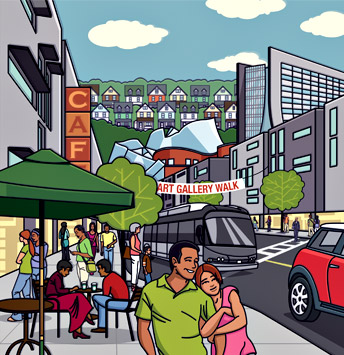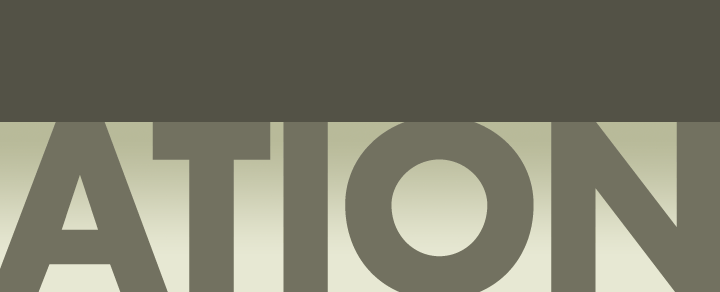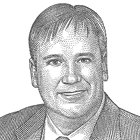EVERGREEN: COOPERATIVES AND COLLABORATION
Each year, Case Western Reserve University, the Cleveland Clinic, and University Hospitals purchase more than $3 billion combined in goods and services.
What if these Cleveland “anchor institutions” used more of their buying power locally and sent more procurement dollars flowing into the community? How would our neighborhoods and our neighbors benefit?
That “buy local” philosophy is the premise undergirding the Evergreen Cooperatives – innovative worker-owned companies that are spurring an economic breakthrough in Cleveland.
The Evergreen model goes far beyond urging local institutions to patronize local vendors. The foundation is collaborating with Cleveland’s big anchor institutions to understand their procurement needs. Then, together, we’re launching businesses tailored specifically to meet those needs – in ways that infuse hope and wealth into inner-city neighborhoods, where the need is greatest.
Evergreen’s worker-owned cooperatives don’t just cut paychecks – they create livelihoods and life-changing opportunities for employee-owners recruited from the distressed neighborhoods of Greater University Circle. These worker-owners earn a living wage and no-cost health insurance. But most importantly, they earn the power of an ownership stake in the business – personal equity that can grow to $65,000 within eight years. This kind of wealth-building empowerment is all too rare in the target communities of Fairfax, Glenville, Hough, Little Italy, Buckeye-Shaker, and East Cleveland.
Evergreen businesses are green, too. They offer the most environmentally friendly techniques and technologies as a competitive advantage that helps large institutions meet their own sustainability and environmental-stewardship goals. That harmonious relationship is a win-win in the truest form.
One company, Ohio Cooperative Solar, installs solar panels and weatherization to help customers reduce their energy bills and carbon footprint and meet clean-energy mandates. Another, Evergreen Cooperative Laundry, boasts the state’s most environmentally friendly technology for laundering institutional linens. A third business, Green City Growers Cooperative, will supply millions of pounds of healthy lettuce and herbs from an inner-city greenhouse the size of five football fields.

Although young, the Evergreen Cooperatives are earning a lot of support and attention. The federal government and the city of Cleveland have created innovative financing mechanisms. Big national foundations are lining up to finance expansions here and replications elsewhere. Youngstown, Atlanta, Detroit, Pittsburgh, and Buffalo are studying ways to import Evergreen’s approach.
Evergreen is truly an enterprising experiment, winning praise from news-media outlets across the country and even abroad. They call it “the Cleveland model.”
REDEVELOPMENT FOR RESIDENTS
Other examples of our commitment to strengthening Cleveland’s neighborhoods include:
- A $1 million loan in June 2010 for a $21.3 million redevelopment of historic Saint Luke’s Hospital into ultra-energy- efficient elder housing.
- Grants of $4.5 million per year in 2009 and 2010 to Neighborhood Progress Inc. to revitalize neighborhoods in partnership with six community-development corporations: Buckeye Area, Detroit-Shoreway, Fairfax Renaissance, Famicos Foundation, Slavic Village, and Tremont West.
Learn more at www.ClevelandFoundation.org/Housing
Continue to Human Services

